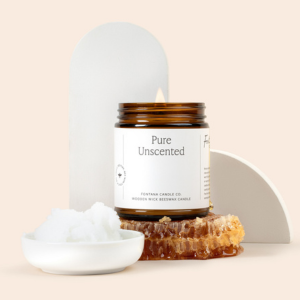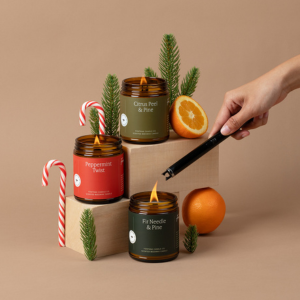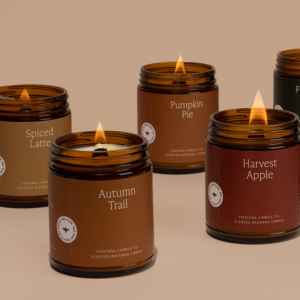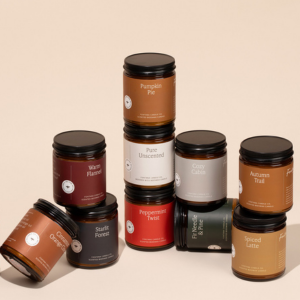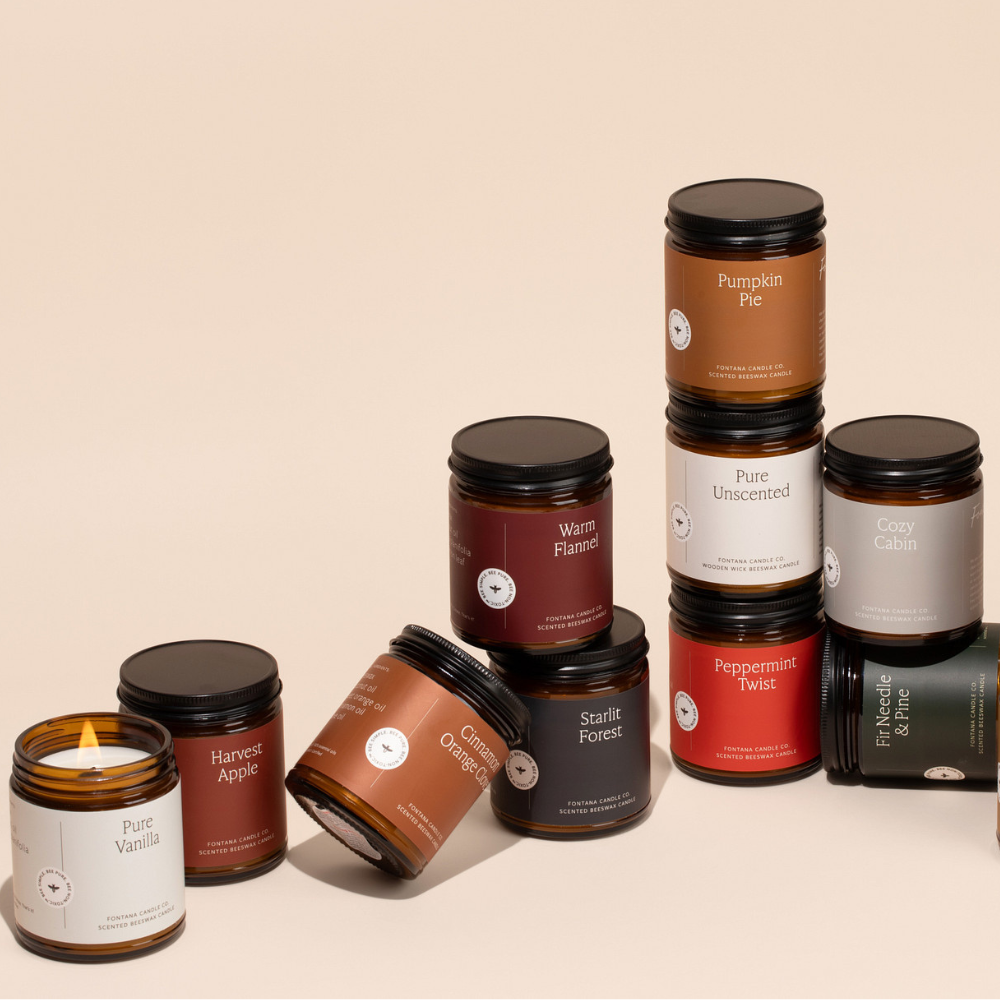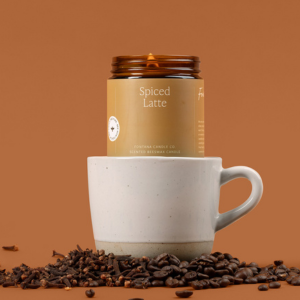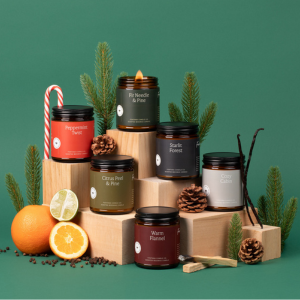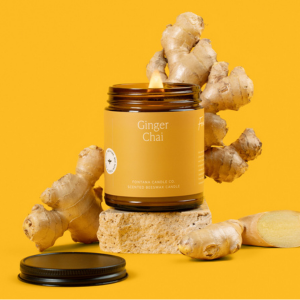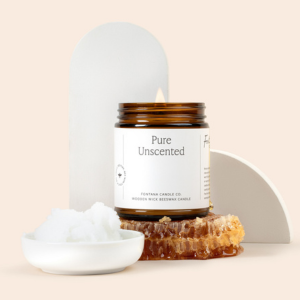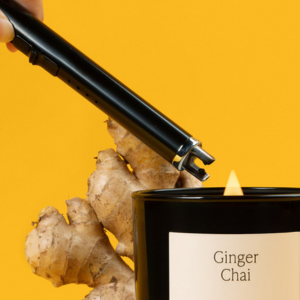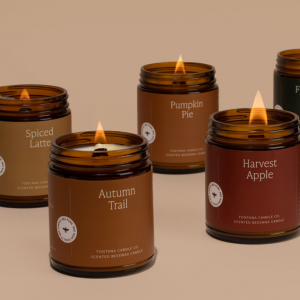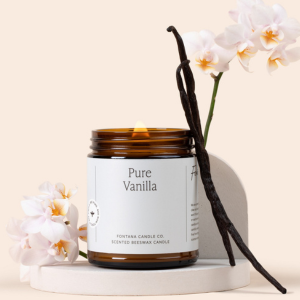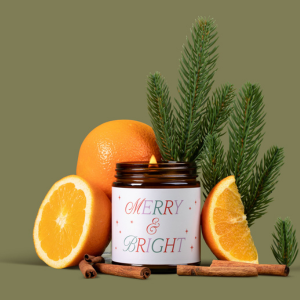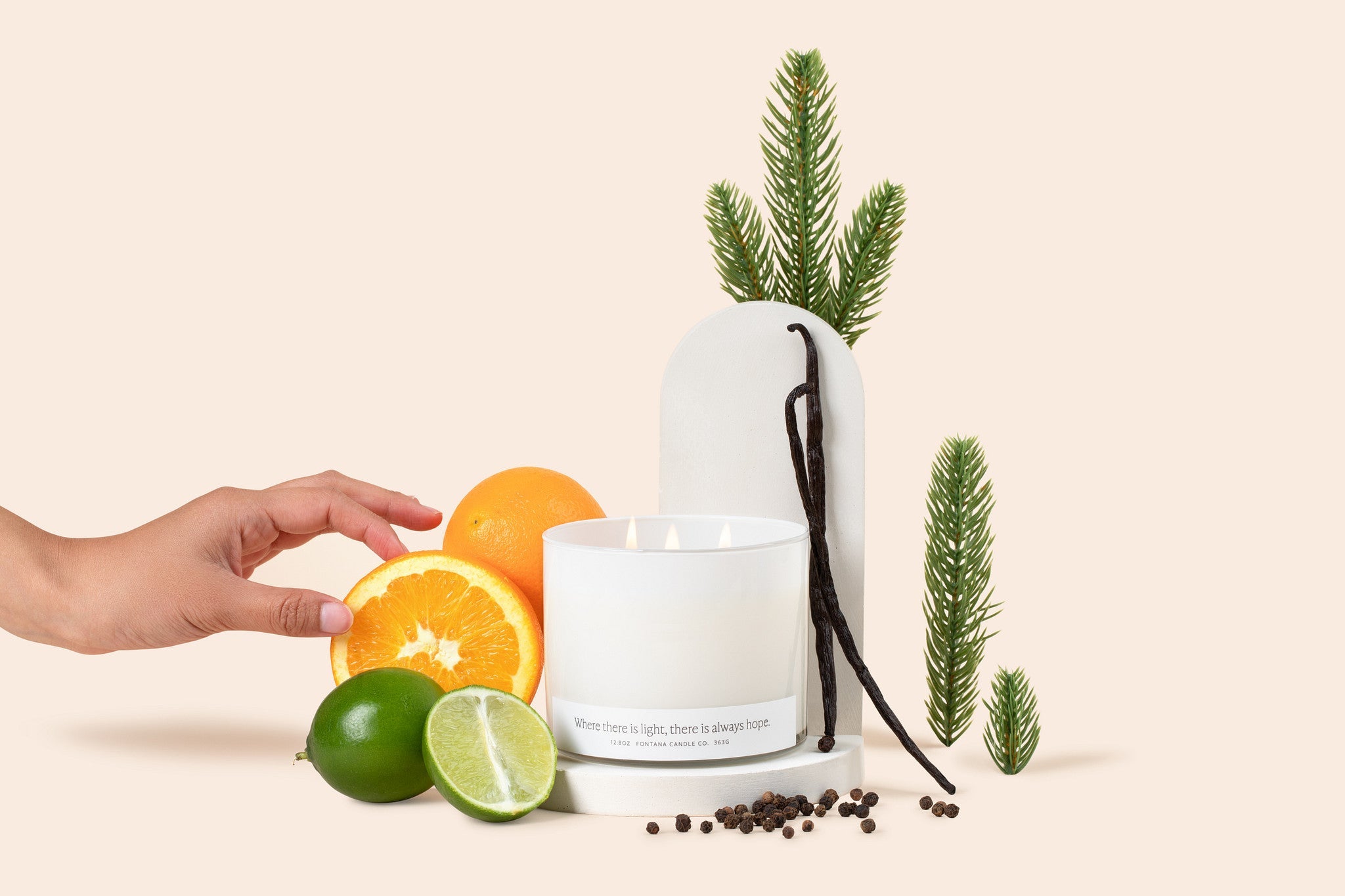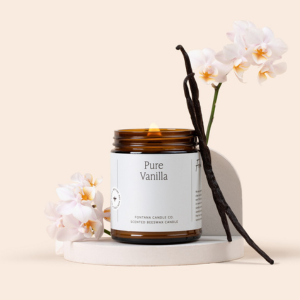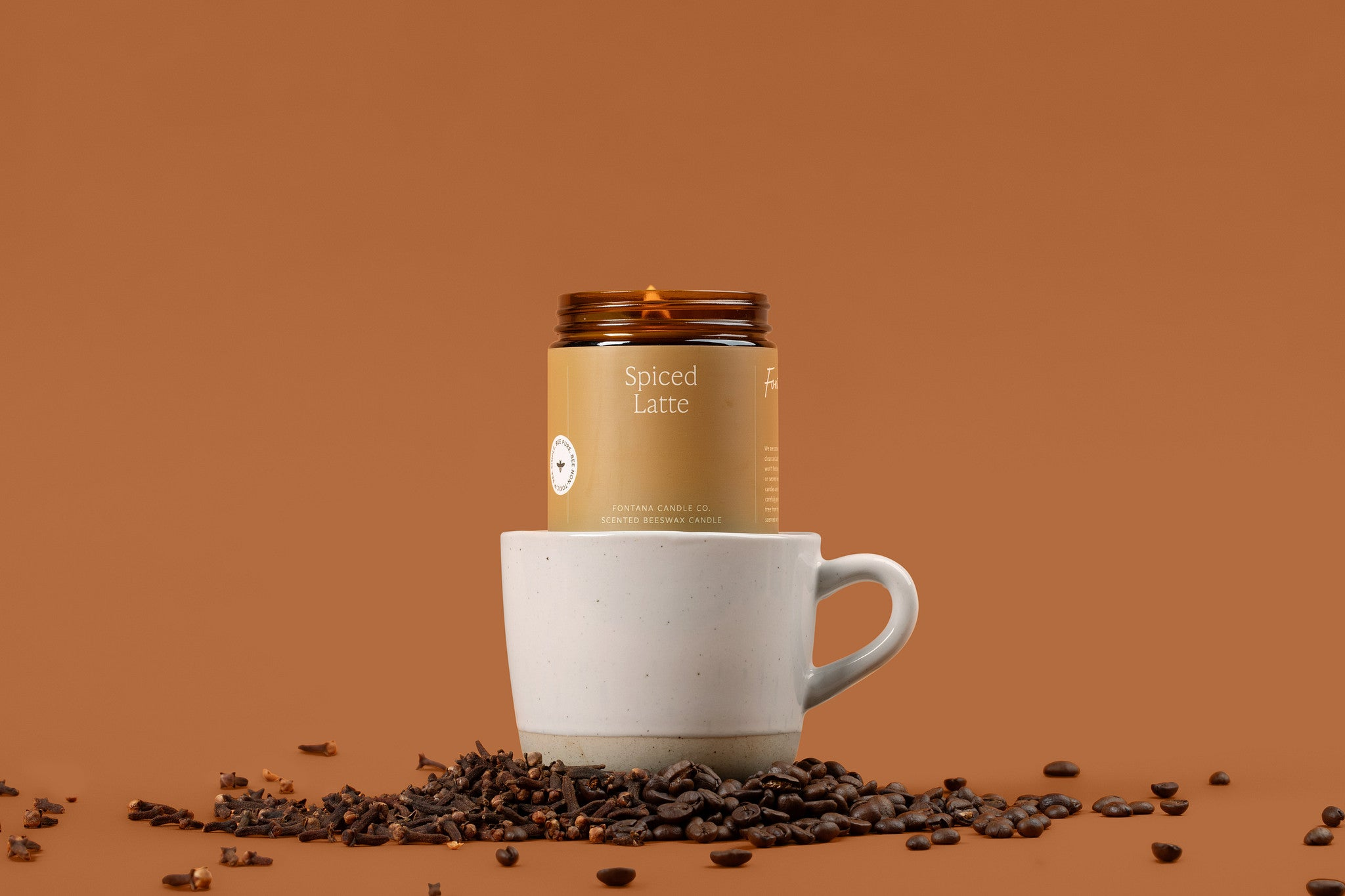What’s Really in Kids’ Candy Flavored Lip Balms?

Lip Smackers were introduced in 1973 as “the world’s first flavored lip balm”. Since then, kids and teens have been obsessed with the brightly colored, scented, and flavored brand. The Public Interest Research Group (PIRG) estimates that “Up to 15 percent of girls under the age of 12 use lipstick – and more and more brands are selling “dessert-flavored” lip products to appeal to children”. But what ingredients are necessary to make a lip balm that smells and tastes exactly like soda or candy?
Lip balms are considered to be cosmetics by the FDA, and require proper labeling, but with smaller products like lip balms, these guidelines can become hazy. Frequently the ingredients will be listed on the blister packaging that is promptly thrown away after the product is purchased. Even then, fragrance and flavor are protected by the Fair Packaging / Labeling act and are not required to be disclosed. This means that these ingredients can contain a number of chemicals, even those that are regulated or banned by the FDA, without having to disclose them.
Why are ingredients so important in lip products? Not only is this product applied directly to the skin, some of the product is inevitably consumed since it is applied to your lips. According to PIRG’s usage data, “some women are ingesting a pound of lipstick every two years”. This means that small amounts of lip products can be expected to be ingested with regular use. This is aside from children’s tendency to eat the heavily scented and flavored products targeted at them - can you blame them?

Ingredients in these lip balms can have serious health effects, especially for children. The most common issue caused by lip balms are allergies and skin irritation. These allergic reactions are often caused by unlisted fragrance ingredients or cooling ingredients like menthol or camphor. Ingredients in these lip balms can also lead to longer-term health risks due to continual exposure. Two greater concerns are endocrine disruption from artificial fragrance and heavy metal exposure from artificial colorings.
Because of the large effects these ingredients can have on small bodies, most dermatologists recommend against using lip balm on babies and young children and instead opting for unscented Vaseline or Aquaphor when needed. Even those simple alternatives are petroleum-derived.
In our next blog post, we’ll cover all of the ingredients to avoid that are commonly used in lip balms (and that you won’t find in Fontana’s new lip balm line!). At Fontana we believe that what you breathe and put on your skin is just as important as what you eat - which is why we want to continue to offer you safe and nontoxic alternatives to bath products and home scenting options.
Discover Fontana's MADE SAFE Certified Lip Balm Collection
Sources:
Is Lip Balm Safe For Kids? (moms.com)
Kiss Off: A Consumer’s Guide To Saying No To Toxic Lip Products (pirg.org)
Can I Put Lip Balm on My Baby? (verywellfamily.com)
Makeup for children contains highly poisonous chemicals - study - The Jerusalem Post (jpost.com)

